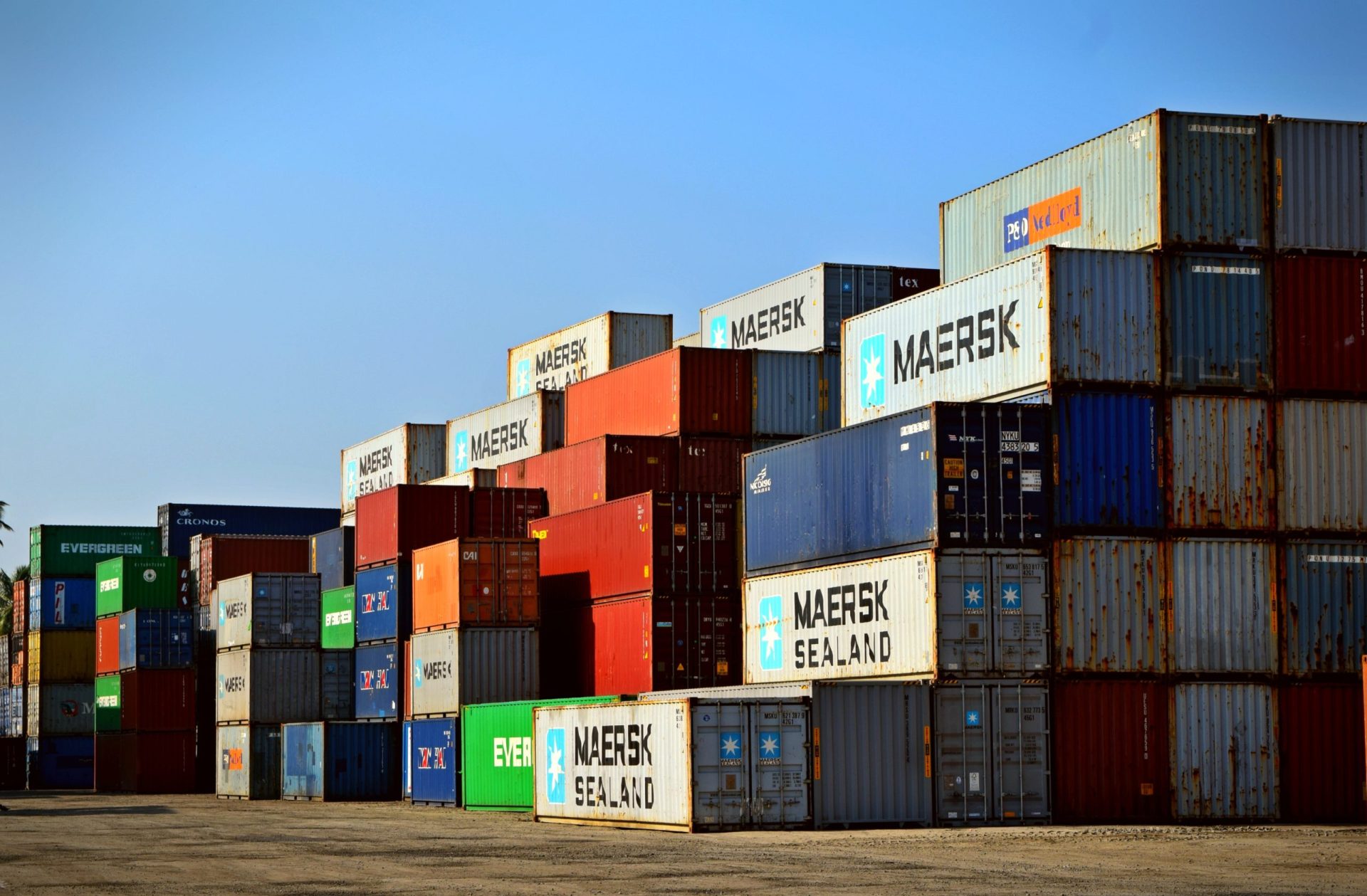One of the core applications of Polaron is to provide a means to model and simulate logistics – encapsulating the data, terrain, and real-time events and predicted issues – that plague supply chains – as well as presenting a means to plan and simulate alternatives – factoring in changes from traffic to knock-on effect of delays, industrial action, seasonal changes and feed into graph and query databases and legacy systems (such as SQL-driven and older SAP instances) to provide incredible insight and planning capability for logisticians – over multiple different modalities.
Modelling your competitive advantage in logistics
Logistics and supply chains are incredibly complex and subject to a vast array of changes and effects. As the last few years in the UK have shown – under the strains of Covid, Fuel shortages, Protests on major arterial routes, Railway industrial action as well as competing demand for energy and other critical supplies – supply chains and logistics have proven to be both critical and incredibly vulnerable to disruption.
Polaron can combat this by ingesting and referencing that data and provides Geospatially contextualized information, which can be overlaid onto an apriori map (e.g. terrain and building footprint data, traffic patterns, and more). This means that there is a reference for change, events, and localized data – as well as ingesting real-time or gateway check-in data (e.g. when goods are received / transferred etc). This allows for a predictive model to show where challenges, bottlenecks, or potential alternative routes or plans can be adopted to avoid delays, fees, and annoyed customers – as well as providing a means to evaluate more effective operations.
Polaron is able to interface with a wide array of systems – from cutting edge ANPR recognition cameras at key facilities, to SAP stock management systems, factory or production data, and more. This data pool – can then be traversed by thousands of agents, to update, review, simulate, and even act as opposing agents – to allow for simulation to extract useful insight and situational awareness – reducing the cognitive burden on operators and allowing the best of machine intelligence to augment human insights. When sensor and data feeds aren’t available – it’s simple to draw into the simulation – or connect to other API feeds (e.g. traffic data / weather data etc) to provide insight and information.
Our simulation can be installed at the edge too and networked together – allowing facility and goods received to be mapped inside storage facilities and then into a 2D/2.5D space (i.e., the transport network) so that decisions inside a factory or warehouse can be made in context of the dependencies of the rail and road network to move the goods and promote even greater efficiency.
Some examples of Logistical Applications
Warehouse management and Shipping
Warehouse management is a key part of logistics – and with an increasing amount of goods being housed in mobile warehousing / storage – such as freight containers and vessels – the need to provide efficiency and predictive models is only increasing. We have done a range of work – to evaluate the cost of delays, in fuel, cause analysis as well as goods and package handling (OnePost) to ensure efficiency and optimal performance of space, resources and time set against KPIs and able to be evaluated in Simulation then measured via data augmented simulation. Which is a stepping stone to the pre-requisites for further machine learning and AI-driven tools and performance enhancements.
Delay and demand wave modelling
Even the best logistical systems are vulnerable to other factors – of these spikes in demand and waves of demand – stress these tuned systems. Polaron is able to deliver the insights of Urban Hawks’ data science and economic analysis capabilities to provide insight and forewarning of potential demand waves – whether this is for security clearance and customs – through to traffic analysis and predictive models for alternative path analysis. By factoring in a cost model that can analyze a given space over time and other variables (such as rush hour and seasonal changes) we can provide insights and optimize journeys for operations – even factoring in different transport modalities.
Decarbonization
Whatever your views are of climate change – de-carbonization and reducing energy costs is a key factor in driving change in Logistical networks – whether through technological, behavioral or economic factors – reducing energy consumption is fast becoming a key competitive challenge for logistics and transport organizations – if your competitor can deliver the same thing at a lower cost – whether directly or indirectly – this poses a challenge.

